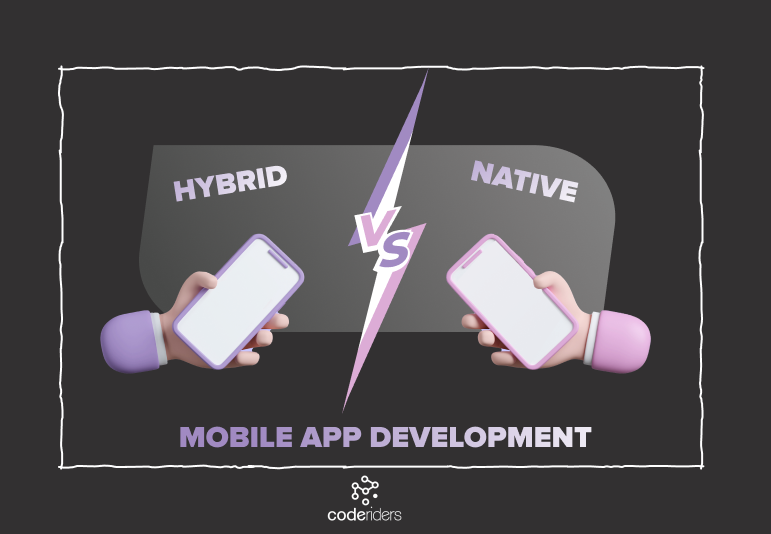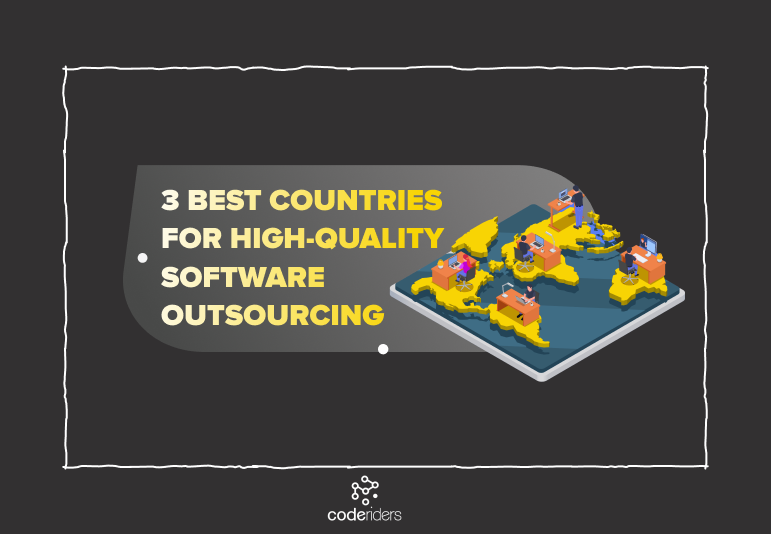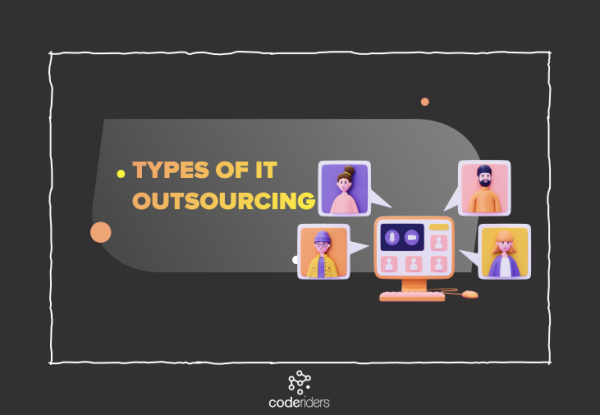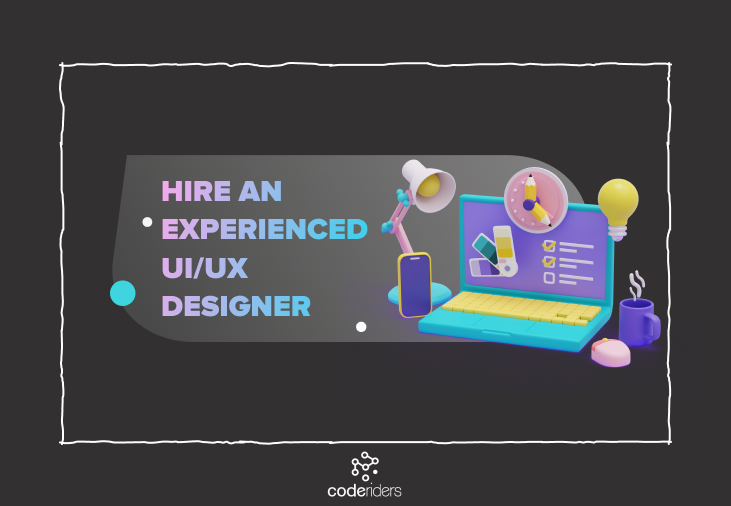It's of no surprise, that the mobile app industry thrives actively. With over 3.5 billion smartphone users across the globe (according to Statista), mobile applications require rapid updates and innovations. The competitiveness in the industry is at a strain. Every year mobile users spend over 380 billion dollars on new smartphone purchases. Besides the traditional need for mobile phones, smartphones are used to facilitate life and cut off a significant amount of time. The apps, which are the easiest to use and are eye-friendly win the game.
According to a study on mobile usage by Smart Insights, over 90% of mobile time is spent on apps. While according to another study by global tech and protection and support company Asurion, the average person struggles to go a little more than 10 minutes without checking their phone.
Today, the two major mobile app development models that stand out in the industry are Native mobile app development and Hybrid mobile app development. Both of these approaches have an outstanding amount of users due to the growing number of startups and new businesses.
As there is an overwhelming need for thorough information on mobile applications and their development methods and procedures, we at CodeRiders share our own experience.
Subscribe to Newsletters
In this article, you’ll learn about the pros and cons of both Native and Hybrid mobile app developments, as well as get a general view of Ionic and Flutter technologies.
Native Mobile App Development
Native mobile app development requires building apps for specific mobile operating systems. In this case, developers create apps for dedicated app stores, such as Google Play and The App Store. Consequently, a native app is an app for a specific mobile device. There are 2 main mobile operating systems:
- iOS (previously iPhone OS)
- Android (based on a modified version of Linux kernel or other open-source software)
With native mobile app development, you will need to develop one application for iOS and one for Android and upload them separately in the corresponding app stores.
IOS is exclusively created by Apple Inc. for its hardware, while Android is developed as an Open Handset Alliance (OHA), and is sponsored by Google. OHA is explained as a consortium of 84 firms to develop a publicly available standard or open-standard for mobile devices. HTC, Sony, Dell, Motorola, Intel, Texas Instruments, Samsung Electronics, LG Electronics, BlackBerry OS are among the 84 firms.
Developers use Objective-C or Swift languages to build applications for iOS users and Java or Kotlin languages for Android users.

Advantages of Native Mobile App Development
-
Speed and performance
Native apps have better battery backup and are faster. On the other hand, they are more considerate regarding the mobile's memory. This ultimately results in the improvement of the overall speed and performance. However, this may also be disputable as today’s hybrid app development technologies offer a wide range of solutions for a scalable and fast application.
-
User experience and functionality
Native apps are specifically made for one operating system, thus it's logical that they should be better customized and more thoroughly considered. These may include custom screens and gestures, customized simple and intuitive navigation and maps, common places for buttons like menu, search, etc. Native apps maintain aspect ratio, which is the ratio of the width and height of various screens and is an indicator of high-quality images.
-
Fewer bugs during the development process
Bugs during the development process take time and make the developers go back and forth during the development process. If you’re doing native app development, there are fewer chances of getting stuck in bugs as they don’t rely on cross-platform tools, such as Xamarin or Cordova.
Disadvantages of Native Mobile App Development
-
There is no flexibility regarding native apps
Native app developers code for one specific platform and use separate tech stack for iOS and Android. Thus, these processes are highly tailored and require a more in-detail approach. Most of the time, clients hire separate teams.
-
Native app development is more expensive
Although native app development saves time wasted on bug fixing, the overall development process is much trickier and time-consuming. If you’re working with time and material model and pay an hourly rate, then time is money. On the other hand, native app development requires more labor. Another complicated issue is the scarcity of native app developers that ultimately and artificially enhances rates.
Maintenance and support service is also more expensive. Let’s also not forget that native apps require more upgrades from time to time after new versions of operating systems are being released.
-
Native app downloading process takes more time
Native apps are usually usable upon downloading from the corresponding stores (App Store or Google Play). The downloading process, in its turn, takes some time on such activities as finding the application, accepting terms and conditions, allowing or denying some functionality, filling in some required sheets. A lot of users simply don’t have that much time and patience to spend on such a lengthy downloading process; as a result, the app owners lose 20% of their potential users at some stage of an app funnel.
-
Native apps don’t have beneficial ROI for small and medium or low-budget companies and startups
Although native apps are more secure, less time consuming, function offline, they’re simply not good fits for limited-budget companies. Today, according to Statista there are 2.560.000 apps available in the leading app stores. Hybrid apps are simply taking the role due to their flexibility and affordability thus it’s an additional burden for startups or low-budget companies to spend money on developing an app for separate platforms.

Hybrid Mobile App Development
Hybrid or cross-platform app development is the next stage of mobile app development. It allows to develop a single mobile app for multiple platforms. A single codebase is being used for mobile app development for both iOS and Android users.
Ionic and Flutter technologies are the most commonly used ones for cross-platform app development. We, at CodeRiders also use the above technologies for developing apps for mobile users. To give you more insights about our hybrid app experience, let’s dig into our latest project which is in the EdTech industry. We developed an app for a Hong Kong-based English school. The app is of internal use and connects teachers, students, and parents. It includes such EdTech solutions as:
- Calendaring to schedule classes
- Sorting the classes by student levels
- Adding books, movies, dictionary words taught during the class to the specific student's database
- Making quizzes based on the individual dictionary words and books (btw, the quiz part is a little bit gamified)
- Assigning tasks for teachers
- Writing individual reviews for students
- Sending meeting appointment invitations to parents, etc.
If you’re interested in more in-detail EdTech solutions, I suggest checking the article on educational industry solutions by CodeRiders.
Subscribe to Newsletters
We compared and discussed the differences and contradictions while speaking about the advantages and disadvantages of native app development. Now, let’s have a more thorough discussion on hybrid app development as well as analyze some of the best tech stacks that you can choose while developing a cross-platform mobile app.
Advantages of Hybrid Mobile App Development
We have already drowned out the major arguments and parallels between the advantages and disadvantages of native and cross-platform development while discussing native apps. As mentioned some things that make hybrid apps more preferable include:
- Low-cost app development
- Fast results
- Less time on testing the app
- Easier usage of plugins
- A single open code used for multiple platforms
- Scalability: Hybrid mobile applications are limited only by the underlying framework
Let’s see what’s the difference between Native and Hybrid approaches, and understand why Hybrid wins over Native.
-
Maintenance and support is easy and less costy
Everybody, at least once, got frustrated using their favorite app because of the update of the specific operating system. This is especially an up-to-date topic for native apps. Nor is it only annoying but it’s also very costy for many users to change their mobile device as soon as the operating system is updated. On the other hand, the scalability of the app becomes so poor that companies simply get no other choice than to hire new development teams or the previous ones to roll out new versions with each update. A hybrid app or a cross-platform app easily bypasses such problems, and most of the time companies just rely on the software maintenance support that is usually provided by qualified software development agencies after the project ends.
-
Effortless integration with other apps
Native apps are less flexible as they run on a specific operating system thus it limits the ability to work in harmony with other apps. Simplicity is the number one priority for attracting more users to install your app. Limited integration often annoys users cutting out the chances of scoring high in the store. Hybrid apps take advantage of this issue as they both perfectly connect with the mobile’s system environment and get easily integrated with other apps in the store without the slightest of friction.
-
Online marketplace qualification process is more hassle-free
Google Play Store and App store are the 2 ”˜’giants’’ in the online app market. According to the recent research by Statista, there are 2.560.000 apps available in Google Play store and 1.847.000 in App store in the first quarter of 2020. Thus, these two dominants have rather strict rules and guidelines for publishing an app. If you are serious about your product, it’s obvious that you should, first of all, submit your app to these stores. Although these two welcome both hybrid and native apps, it’s always less risky to develop a hybrid app, which has the potential to be submitted at least to one or hopefully both of these stores.
-
Amplified UI/UX designs
An eye-friendly and attractive design is the number one feature that catches our attention while choosing which app to install. We may do it subconsciously, but it’s a fact. However, your app isn’t the winner among other options just after it’s installed. A consistent experience is also crucial. Hybrid apps provide these features across both iOS and Android platforms. Cross-platform apps function perfectly for mobile meantime embracing the web. With hybrid approach, you can be sure that your app offers superior UI experience. It helps easily and quickly download graphics and content. The adaptation process to various device screens is much faster ultimately causing faster data display and smoother data streaming. The companies that value and target on high engagement on both iOS and Android, choose hybrid mobile app development model.
Disadvantages of Hybrid Mobile App Development
Although hybrid mobile apps are ideal solutions for the limited-budget businesses, require less time, and allow reaching wide audiences there are still some drawbacks that should be taken into consideration.
-
Challenges in user experience
Hybrid mobile app is developed for multiple platforms thus it should be adjusted accordingly. There should be a mid-oriented interface for both iOS and Android users. So, challenges may occur for Android users if the developers heavily focus on iOS functionalities and vice versa.
-
Hybrid mobile apps may work more slowly
As hybrid mobile apps are less flexible when it comes to operating in a specific system, the loading process may take more time. However, the loading time difference is so little that the users won’t be able to notice it. Plus, this isn’t related to content-oriented apps, as they are simple and don’t require complex functions.
Nevertheless, these don’t prevent hybrid apps from being a widely-used and up-to-date solution for many businesses. So, checking out the “best-practice” technologies in Hybrid mobile app development is also advised.
After you decide to develop a mobile application via the hybrid model, take time to understand which is your ideal technology for building the hybrid app. As I’ve already mentioned, CodeRiders developers work with Ionic and Flutter technologies. Thus I’ll speak about these two.
Ionic and Flutter
Although Ionic and Flutter are separate mobile app development technologies and have specific functions, there are still some things that they share in common, and make them stand out among other technologies. Both Ionic and Flutter give a chance to create a UI framework that works everywhere, has great performance, is highly scalable, and has a nice and neat look wherever it runs. Unlike other cross-platform approaches that highly focus on mobile development, Ionic and Flutter have one shared codebase designed to address mobile, desktop, and the web.
Common to this case, there is also the main distinction between these two. Ionic embraces open-web capabilities even in case of a little possibility. Therefore, Ionic is entirely based on open-web technologies, which include web languages that are used to build Ionic apps, standard-based UI components running in your app. On the other hand, Flutter has the approach of creating a brand new ecosystem from scratch. Thus, almost everything about Flutter is based on its own standards that aren’t included in nowadays browser capabilities, web languages, etc.
Flutter technology is a great solution if you’re looking for strong animations. It has outstanding options for widgets that are incorporated to ensure the native performance of the application. Some of the options include icons and fonts, navigation, scrolling.
Ionic is easier to move across the platforms and is based on the look and feel.
Choosing between Ionic and Flutter is something that should be done together with a technical person. This is why CodeRiders usually provides free consultations and explains all of the details of the used technologies, development methods, etc. – so non-technical clients can get deep into the process and understand what the development cycle is going to be about.
Now, hopefully after reading this article, you'll decide which method is the best for you. So, now when you have your mobile app development model figured out, it's also important to represent clear-cut requirements. Check this easy guide for writing a scope of work document with a real sample.
free white paper
how to write a solid scope of work sow
In conclusion, entrepreneurship is a challenging experience nowadays. A lot of startups and even big enterprises prefer fast and more convenient mobile app development solutions to fulfill their instant strategies. Hybrid mobile application development is often more preferred over native mobile app development. Taking into consideration its fast results, low-cost budget, scalability, less testing time, easier usage, and the rest of the advantages it has – Hybrid app development wins for sure!
Having
development
needs?
CodeRiders will address your web and mobile development challenges by creating custom software, helping with outsourcing services, or just consulting on your software development requirements.















